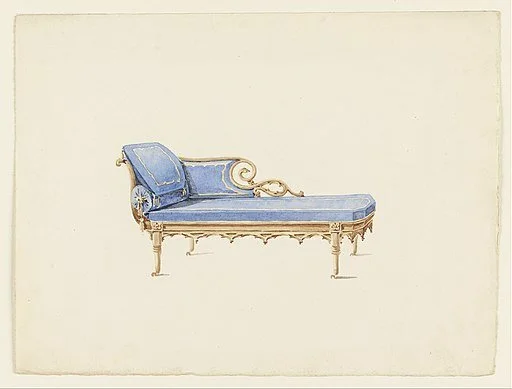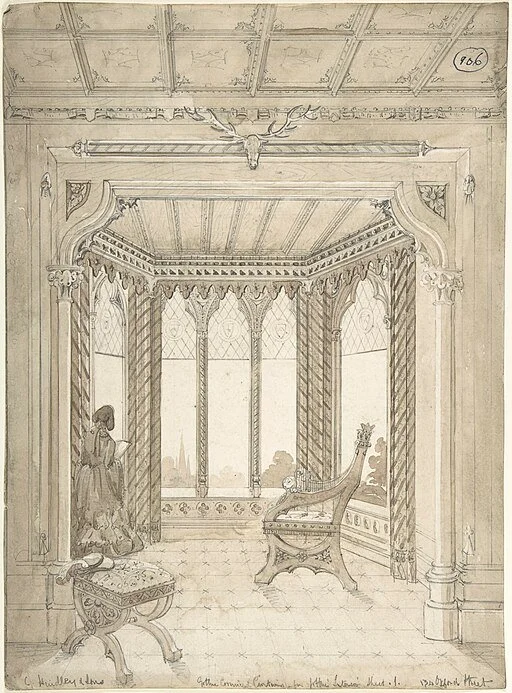From Archways to Accents: The Influence of Gothic Architecture on Interior Design History
Flying buttresses in gothic interior | Photo by Jonas Jaeken on Unsplash
This blog post contains affiliate links. For more information please visit our disclaimer page.
Gothic design, with its captivating blend of grandeur and mystery, has left an indelible mark on architecture, art, and interior design. Originating in the 12th century in France, this movement has evolved over the centuries, continuously enchanting enthusiasts with its intricate and ornate aesthetics.
A Glimpse at the History
The Gothic design movement emerged as a response to the Romanesque style, characterized by its heavy and robust structures. Gothic architects pursued a revolutionary vision, aspiring to create awe-inspiring spaces flooded with light and soaring vaults. The movement drew inspiration from various sources, including religious symbolism, nature, and the quest for verticality, aiming to connect the earthly with the divine.
Gothic Style Window Panes | Photo by Kelly Sikkema on Unsplash
Major Design Elements
One of the most iconic manifestations of Gothic design is in the realm of architecture. From the towering spires of Notre-Dame Cathedral in Paris to the majestic arches of Westminster Abbey in London, Gothic architecture mesmerizes with its pointed arches, ribbed vaults, and flying buttresses. These elements not only served structural purposes but also added a sense of ethereal beauty to the buildings.
Gothic design encompassed an array of art forms, including sculpture, painting, and stained glass. Intricately carved stone sculptures adorned cathedrals, depicting biblical narratives and celestial beings. Meanwhile, the vibrant hues of stained glass windows illuminated the interiors with a divine glow, narrating religious stories to the awe-struck congregants below.
Westminster Abbey Interior | Photo by Jenny Marvin on Unsplash
Interior Design + Furnishings
The influence of Gothic design extended to interior spaces and furnishings. Elaborately carved wooden furniture, often featuring pointed arches and tracery patterns, became emblematic of the style. The intricacy of Gothic design was further manifested in decorative elements such as metalwork, tapestries, and elaborate candelabras, infusing interiors with an air of opulence and mystique.
Gothic Country House Picture Gallery | Drawing from Wikimedia Commons
Gothic Revival Style Sofa by A.W.N. Pugin | Drawing from Wikimedia Commons
Design for a Gothic Interior by Charles Hindley and Sons | Drawing from Wikimedia Commons
While the Gothic design movement reached its zenith in the medieval era, its legacy continues to inspire contemporary creators. Elements of Gothic architecture and design are often reinterpreted in modern structures and interior spaces, celebrating the timeless allure of pointed arches, intricate tracery, and ornate detailing.
Interior of Bath Abbey | Photo by K. Mitch Hodge on Unsplash
Gothic design stands as a testament to humanity's enduring quest for beauty, transcendence, and artistic expression. Its rich history and enduring appeal continue to captivate and inspire designers and enthusiasts around the world, reminding us of the profound impact of timeless design movements.
MORE DESIGN THROUGH TIME:























